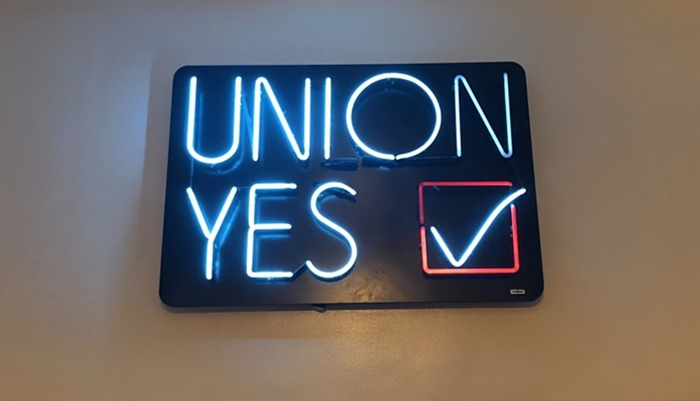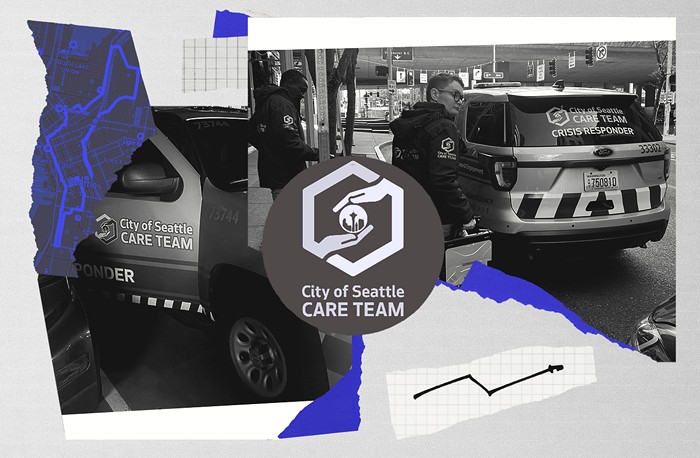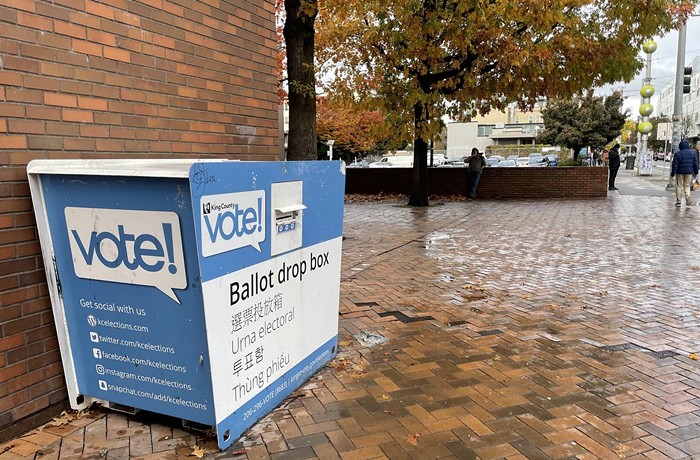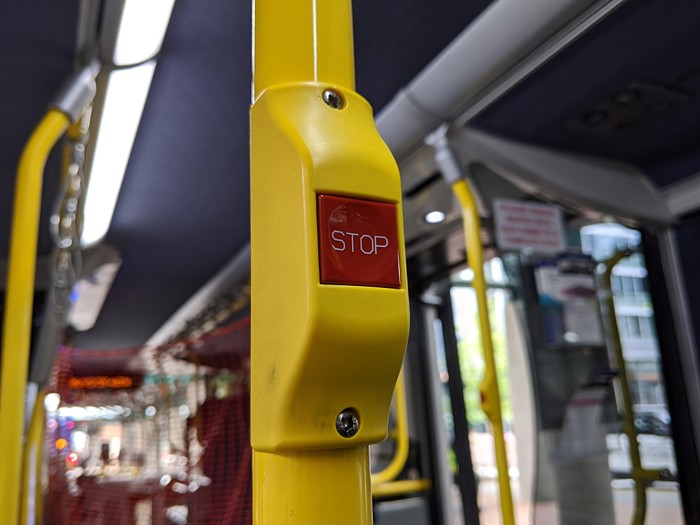I wonder whether Ghettoside: A True Story of Murder in America is simply not a politically convenient book to talk about, for almost anyone. I can’t think of any other reason why it’s not getting the widespread attention it deserves.
Like Michelle Alexander’s The New Jim Crow, Jill Leovy’s 2015 volume has the potential to break an impasse in the national dialogue about black lives mattering. It got great reviews, but what will be its real effect?
The book is about what Leovy describes as a plague of Black homicide. She studies it in LA, but it appears in most major American cities, where Black-on-Black murders are unsolved at an alarming rate.
Black-on-Black homicide is "like incest," the LA street activist Najee Ali tells Leovy, because of "the shame and secrecy the issue evokes." "Researchers describe skirting the subject for fear of being labeled racist," Leovy explains. And she explains that "concerned Blacks cite their fear of inflaming white racism: Why emphasize what seems sure to be used against them?"
I don’t think Leovy set out to provide a conversation-changing answer to the argument I see often online: “But black people commit more crimes!” preceded by “I’m not racist.”
Okay, okay, you’re not racist. So if you do not discriminate between people on the basis of race, yet you see a prevalence of violent crime hitting one racial group, then wouldn't the only logical response be, What is missing from this picture?
Ghettoside is about what is missing.
Leovy spent years researching and writing this book, and her work is herculean. First she was a journalist at the LA Times covering homicide. She had a lot of good sources and long-term relationships with homicide detectives. She is not anti-cop.
Like the best of those detectives, she refused to see the homicides as acceptable, faceless statistics.
Even before embarking on a book, she kept a blog in which she reported every single homicide in the city—something newspapers don't otherwise do. She'd heard mothers say that their sons died but there was nothing about it in the paper. That didn't sit right with Leovy. She wanted every mother to know that her son's death registered in the press.
Ghettoside depicts hardworking homicide detectives who care deeply about solving the murders of Black men in Compton and Watts—a place other parts of the police force view as hopeless gang territory.
Leovy's detectives not only care, they're also brilliant. She follows one case all the way to sentencing and beyond, including gripping tales from interrogation rooms. If you like Law and Order, you will like Ghettoside; if you dislike Law and Order because it’s too neat and simple, you will like Ghettoside. It isn’t wonkish, it's a page-turner, but it also delivers hope that public policy can play a role in changing the dynamics between the police and Black Americans.
Leovy's "ghettoside" detectives—their term—had to buy their own office supplies. Detectives who worked on high-profile homicides got cars and won the prestige and respect of the brass. They didn't go near South Central.
Again, Leovy simply doesn't see South Central as a lost zone populated by hardened gang killers. She sees a community suffering from deep grief, families pulled under by waves of killings that go unsolved, unpunished, and ultimately undeterred, decade after decade.
"In Jim Crow Mississippi," she writes, "killers of Black people were convicted at a rate that was only a little lower than the rate that prevailed half a century later in LA—30 percent then versus about 36 percent in Los Angeles County in the early 1990s."
The killers go free, and each killing brings another in revenge.
Mothers lose one son, then the other. Reading these women's voices hurts. It should.
After a murder, the most common response to "who did it?" is "everybody knows." Everybody may know, but the police have virtually no protection to offer for anyone who wants to testify.
In South Central LA, Leovy describes, the state does not fulfill its most important role—protecting the lives of citizens—and yet patrol police aggressively play-act at being in charge. They detain Black citizens for broken taillights, haul them in for nonviolent infractions.
Last week, former King County executive Ron Sims wrote a column in the Seattle Times in which he detailed the eight times he's been pulled over by Seattle Police.
Eight times.
He was never ticketed because he never did anything wrong. You hear it again and again. Black Americans are harassed. South Carolina's Tim Scott, the only Black Republican in the Senate, spoke right on the Senate floor last week of his own experience, describing "a deep divide between the Black community and law enforcement—a trust gap."
In one scene in Ghettoside, a patrol officer arriving at a murder where 911 has been called and the victim is still breathing starts putting up yellow crime-scene tape. The officer doesn't lean down to comfort the victim, or to ask, "Who did it?" It's as if the answer barely matters to the officer. Just another gangland murder.
At the same time, Leovy tells of a time when a detective did kneel down to a dying victim to ask what happened, and the victim's dying words to the officer were simply, "Fuck you."
What would bring a victim to use his last breath condemning a policeman rather than his killer? The answer is a complaint made to police that's heard throughout the book, a complaint that as Leovy documents, is actually a historical fact: "You always come too late."
It is the greatest crime against Americans, she writes.
"Like the schoolyard bully, our criminal justice system harasses people on small pretexts but is exposed as a coward before murder. It hauls masses of black men through its machinery but fails to protect them from bodily injury and death. It is at once oppressive and inadequate."
As I was writing this, I tried to track down whether King County has its own "ghettoside" neighborhoods, places where the data shows the system to be both “oppressive and inadequate.” I spoke briefly with a former Seattle homicide detective who told me there used to be “a lot more” in Seattle proper, “but they’re gentrified."
Local Black neighborhoods haven't been relieved of crime. Seattle has been stripped of Black neighborhoods, which have moved south.
Leovy spent years accumulating data, so it’s not a surprise that I couldn’t get anything definitive in a day. Homicide does hit the Black community disproportionately in King County and across the state, both on the victim and suspect sides, a Public Health official told me.
A 2014 report showed that firearm homicide rates between 2002 and 2012 in South and Central Seattle were 20 times higher than the combined average rate in the lowest-homicide areas of Bellevue, Kirkland, Issaquah, Sammamish, Mercer Island, and Medina.
Tony Gomez was the official I spoke to at King County Public Health. He's the manager of Violence & Injury Prevention, and he followed up by emailing me multiple links to homicide data resources locally and nationally (The Centers for Disease Control is developing a National Violent Death Reporting System, which Washington is in the process of joining).
Gomez said he hoped I could give the extensive research greater exposure. There wasn’t much written about the 2014 report when it came out, he said with dismay. I didn't tell him crime isn't even my beat. I'm usually a cultural critic. The ideas in Ghettoside need to go far beyond book reviewers and journalists. Take it away.



















